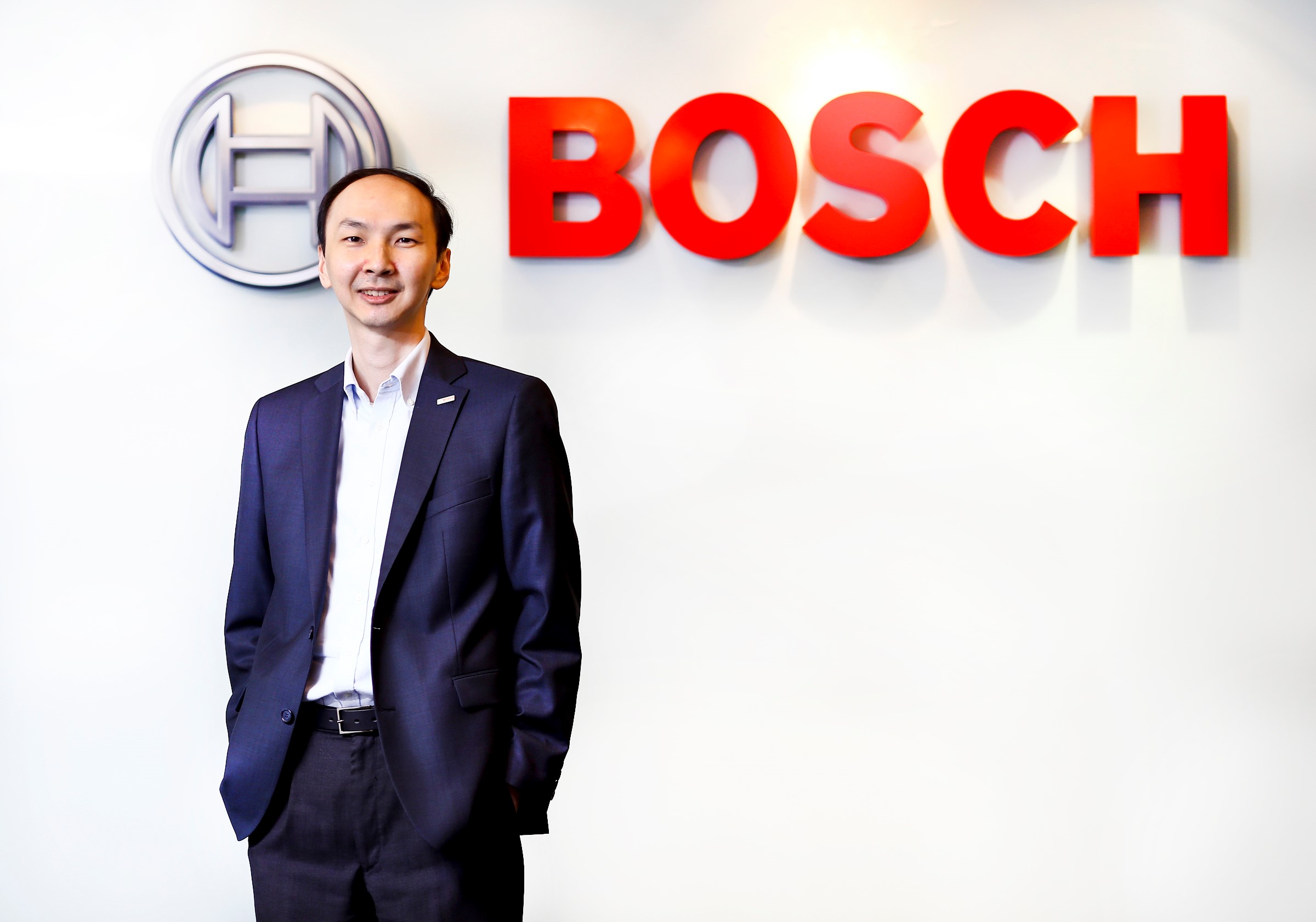
I revisited a 2020 USA Today article about some 'predictions' from 10 years' prior. There were several serendipitous ones that changed the course of politics and the economy; yet there are also others that changed the mobility landscape altogether.
The article talked about how computers will be virtually invisible; today, computers are embedded in pretty much everything we use from phones, appliances, and even vehicles. It also talked about 'personal companions', which Bill Gates described in his book Business @ The Speed of Thought, as devices that connect…and allow other devices to exchange data.
Today, data and information exchange is the operational basis of most technologies, including in mobility. Of course there’s self-driving cars, which my colleague Anuj Jain interestingly points out were predicted even before 1999. After all, Dr. Emmett Brown was 'driving' a flying electric DeLorean as early as 1989 in Back to the Future 2. All jokes aside, self-driving vehicles, albeit in confined spaces, are gaining acceptance especially in cities where the effects of congestion and urbanisation are not only seen, but also felt.
Combining these three predictions gives rise to the reality of mobility today: connected.
Driving today is in itself an experience. With connected mobility seamlessly connecting users, vehicles, and services over the internet, drivers are in for a fascinating experience.
Allow me to share my top 5 favourite connected mobility solutions:
1. Over-the-Air (OTA) updates
In the very near future, vehicle electronic architectures will undergo significant changes, where they will be less complex, developed faster, more flexible, and capable of over-the-air updates. These changes will enable vehicles to receive the latest firmware and software updates, providing drivers with useful information as they navigate the urban jungle.
2. Automated valet parking
In Manila where I’m from, Filipinos spend, on average, 24 minutes looking for parking space. Imagine if your vehicle is able to scan available spaces as you drive by. Community-based parking does exactly that. Taking that a notch higher is Automated Valet Parking (AVP), which makes parking safer and more convenient. Activated by a smartphone app, the vehicle is able to park itself, saving you time and unnecessary stress. Easily one of my favourites, AVP is the world’s first driverless (SAE Level 4) parking function to be officially approved.
See how some of my colleagues experienced automated valet parking at the Daimler Museum in Stuttgart.
3. Road condition services + eCall
As our world continues to grapple with Coronavirus, we have seen a significant decline in road accidents all over Southeast Asia due to nationwide lockdown measures, preventing non-essential travel between cities. Still, with nine out of 10 road accidents caused by driver error, it makes sense to relinquish some control to the vehicle, which will accurately and safely take over some tasks behind the wheel.
This is of course as markets transition to fully automated driving, where solutions like road condition services will enhance driving safety by sensing its surroundings for information on current road conditions, and giving drivers the critical time advantage to identify potential hazards, adapt their driving style, or change their route.
Complementing this is the eCall service, which is now in place in various parts of the world. Explained simply: the vehicle transmits relevant data to a monitoring center, so that the appropriate assistance may be extended to the vehicle occupants – whether that be by being with them as they gather their bearings, or to call emergency services if the accident is more serious.
4. Wrong-way driver warning
Let’s be candid here. Many of us here have had their fair share of horror stories of unknowingly driving into one-way streets in Metro Manila. Wrong-way Driver Warning reliably identifies wrong-way driving using anonymized movement data in combination with a web-based database, even recommending a course of action in order to alleviate the danger.
Imagine if your vehicle were equipped with this kind of early warning: you would have saved yourself a ticket, and you would have ensured your own safety and that of your community.
5. Convenience charging
Electric vehicles are also at the forefront of discussions when it comes to the future of our industry – a future wherein apart from the car itself, charging stations also play a critical role in the overall user experience. Through convenience charging, users are able to plan their journeys to find optimized routes along the best charging points based on range and personal preferences.
As greater levels of automotive connectivity offer more convenience and enhance the driving experience, this also begs the question: won’t vehicles be more susceptible to malicious attacks?
The short answer is yes. This is why measures, including legislations, are in place to ensure the integrity of data and protect against unauthorised access. The UN’s regulations concerning cybersecurity in vehicles is an important step towards making connected mobility possible, much like the developments in Japan, Korea, and the European Union, who collectively represent a third of global vehicle production.
Of course, as with anything that relates to future mobility, these developments towards more advanced solutions cannot be achieved by one player alone.
Our fast-changing world needs a unique combination of cross-sectoral capabilities from players in the automotive sector (like map developers, mobility service providers, tech support services), as well as partners in the government and the academe. All of us coming together can help make this future attainable within Asean and the Philippines.

ABOUT THE AUTHOR:
Joseph Jackson Ngo Hong is MD, Robert Bosch Thailand and the Philippines











